Classification
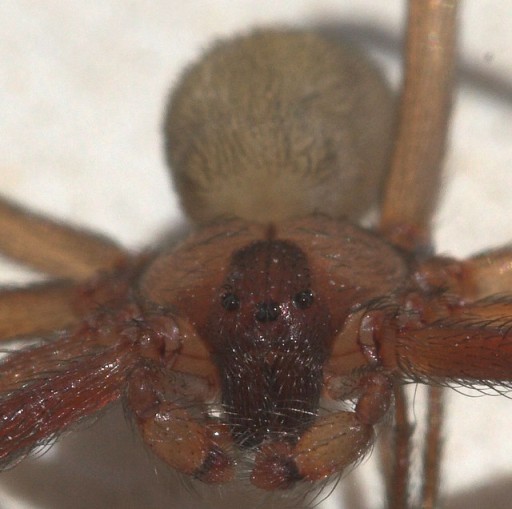
http://www.flickr.com/photos/8284751@N07/630321829/
License Information:
http://creativecommons.org/licenses/by/2.0/deed.en
The following is the complete taxonomy of Loxosceles reclusa (bugguide.net):
Domain: Eukarya

http://www.flickr.com/photos/dmclear/5043475961/
License Information:
http://creativecommons.org/licenses/by-nc-nd/2.0/deed.en
The eukaryotes include every living organism except for the bacteria and archaebacteria. Organisms in this domain are partially characterized by having an endomembrane system inside the cytoplasm of their cells (also known as membrane-bound organelles), the ability to go through sexual reproduction (with many exceptions), and having multiple, linear chromosomes in their cells instead of a single, circular one. Many members of this domain are multicellular, but there are unicellular members as well. The Eukarya domain is extremely diverse. Eukaryotes can range from trees such as the English holly, to large marine animals such as the blue whale, and even to single-celled protists such as the parabasalids.
Kingdom: Animalia

http://www.flickr.com/photos/thelivelygirl/5260785903/in/photostream/
License Information:
http://creativecommons.org/licenses/by-nc/2.0/deed.en
All animals are multicellular. They are also heterotrophic, which means they can not create their own food and must get their food by absorbing nutrients from other organisms. They also do not have cell walls. This helps animals to have the ability to move freely for the most part.
Phylum: Arthropoda

http://www.flickr.com/photos/dougletterman/2765595779/
License Information:
http://creativecommons.org/licenses/by/2.0/deed.en
This is the most successful animal phyla because it presents the largest number of species compared to the others. Arthropods contain bilateral symmetry and a chitanous exoskeleton. They were the first phyla to develop paired, jointed appendages. This phylum contains organisms such as insects, crabs, scorpions, spiders, and centipedes.
Class: Arachnida
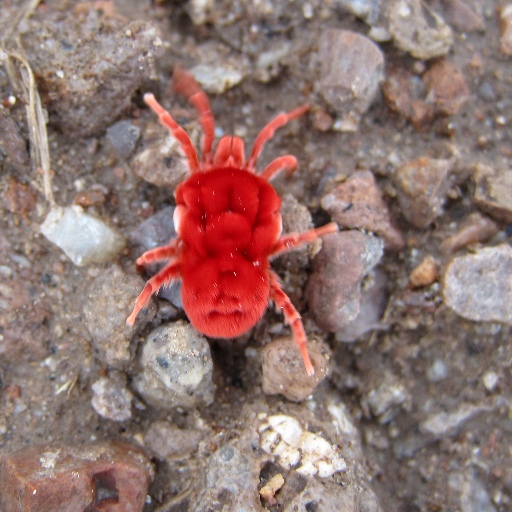
http://www.flickr.com/photos/karenandbrademerson/4786399285/
License Information:
http://creativecommons.org/licenses/by/2.0/deed.en
Most arachnids live on land. They all have four pairs of legs and a body divided into two distinct regions. All arachnids lack wings and antennae. This class no longer contains insects, but its members still include many scorpions, ticks, and mites.
Order: Araneae
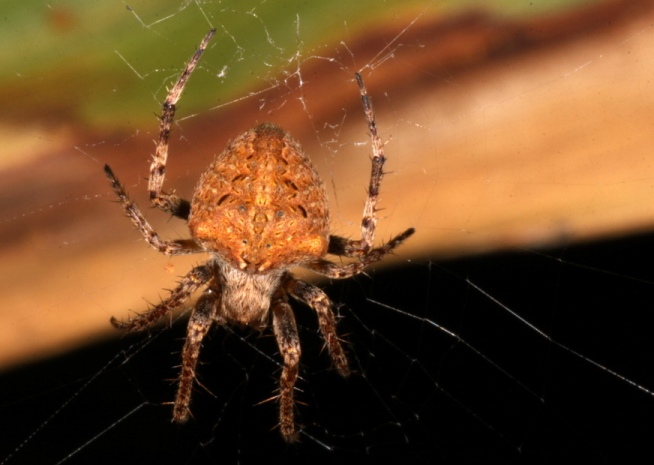
http://www.flickr.com/photos/dkeats/5752069576/
License Information:
http://creativecommons.org/licenses/by/2.0/deed.en
This order contains all of the spiders.
Family: Sicariidae
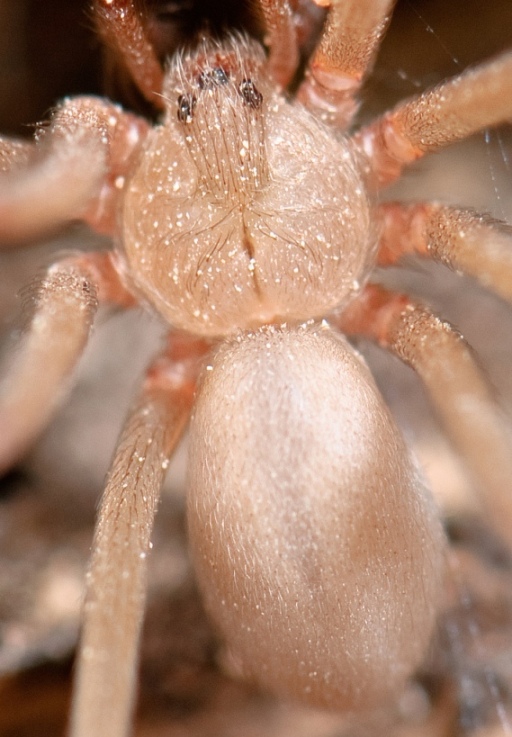
http://www.flickr.com/photos/23660854@N07/4246083094/
License Information:
http://creativecommons.org/licenses/by/2.0/deed.en
Spiders in the Sicariidae family have six eyes arranged in three pairs instead of eight eyes. Most of them are a brownish color, and they all have only two small appendages by their face known as pedipalps.
Genus: Loxosceles
This is the only genus of the Sicariidae family that is still in existence. All of these spiders typically prefer to stay hidden in silk-lined crevices in small areas, thus giving many of them the name of "recluse" spiders.
Species: Loxosceles reclusa
Here it is: the brown recluse. In English, reclusa litterally means "shut." As previously explained, this underlines the spiders' preference to remain "shut out" from other organisms.
Phylogeny
Below are two phylogenetic trees to help you better understand where the brown recluse fits in the grand scheme of life.
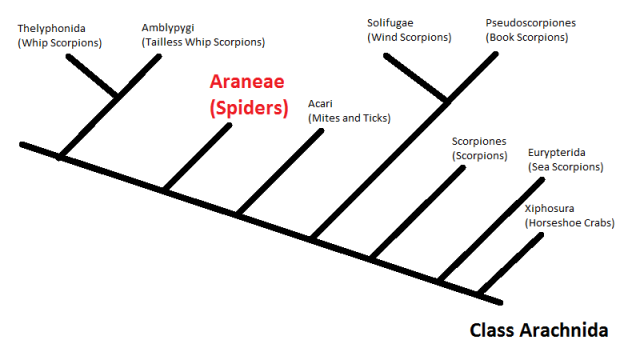
This tree is modeled after the "Tree of Life" designed by members of Yale University
This phylogenetic tree exhibits where spiders lie compared to a few select members of the class Arachnida. The orders shown above are in the order they presumably evolved. This tree is based on evolutionary, or derived, characteristics. This group of orders shows the spiders evolved after the mites and ticks but before the tailless whip scorpions within the class Arachnida.
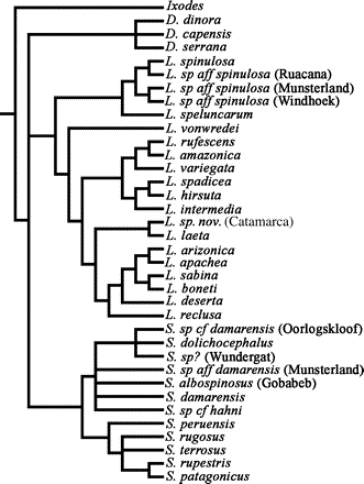 http://mbe.oxfordjournals.org/content/26/3/547.full
http://mbe.oxfordjournals.org/content/26/3/547.full
This tree is slightly more detailed than the previous one. It displays how a few different genera and species of spiders diverged, including the brown recluse (L. reclusa in the tree). The tree is based on evolutionary characteristics as well the venom these spiders contain. To visit the author's web page for more information on how it was constructed, click here!
Want to know more about the different niches this organism occupies? Check out its preferred habitat by clicking here!